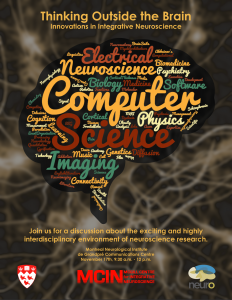It was a nice sunny Saturday. I just walked out of a restaurant near Concordia. Nothing is better than a fruitful reading after a delicious meal. I was just about to take the 15-minute walk back to McGill campus when I received a call from my friend, who lived near Concordia and wished to have a conversation with me on her research paper. There was still nearly an hour before the scheduled time, and I didn’t want to bother to get back and forth between Concordia and McGill campuses. I just needed somewhere to read and work with a computer. So I simply went into the main Concordia library, presented the BCI card (Bureau de Coopération Interuniversitaire), which is a nice blue card for inter-university library services. This magic blue card enabled me to get a Concordia privilege card and a guest account for computer workstations in the library in just five minutes! With the guest account and that Concordia card, I was able to log in to the computer, access my material stored in Onedrive, print my documents and borrow books as conveniently as a Concordia student. Thanks to BCI, I could fill the time before my meeting in a super comfortable study environment in a nice library.
Yes, this is one of my privileges as a McGill student! A nice agreement called the Canadian University Reciprocal Borrowing Agreement has enabled all students, faculty and staff from McGill University to borrow books from any Quebec University Library. Just simply fill out an application form in the library. Then you can get a key to every Quebec library in a minute! Whether you want to enjoy the food around Concordia, or go to UQAM to reactivate your OPUS card, or maybe give a workshop at the University of Laval, you will always find a nice place to work and study afterwards. No more wasting time on travelling!
If you are a graduate student, here is something even more exciting: this access to libraries extends to the whole of Canada! Whether you are doing field work in Alberta, or attending a conference in Ontario, you will never worry about a lack of research resources. Remember to carry your McGill ID and BCI card. You are free to borrow books, learn and study and even write papers in almost any libraries nearby. You can even enjoy a library tour around Canada, which makes the trip more interesting and meaningful! Ask the loans desk in any McGill library during regular service hours, and enjoy this fancy service right away! You may enjoy more resources than you expect!
More information:
Special thanks to Mi Lin.
MSES Team
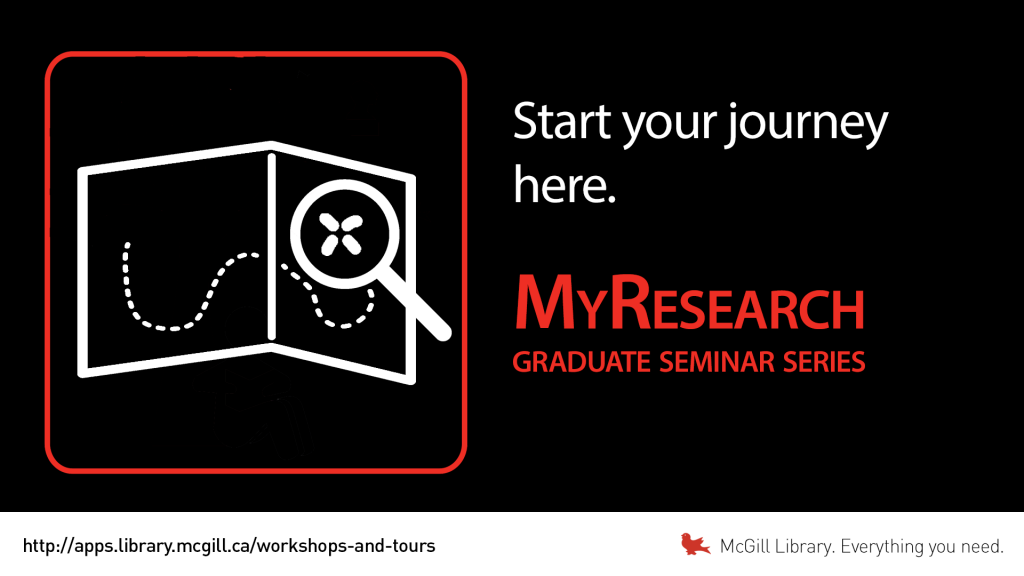


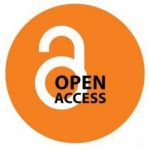
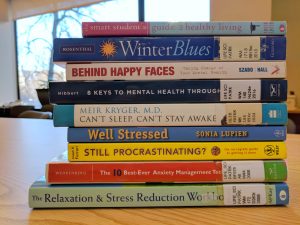
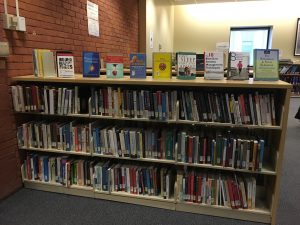
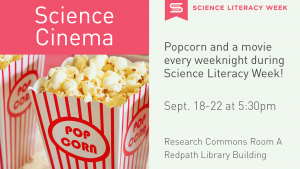 It’s
It’s  It is important to move around throughout the day to meet those fitness goals, reduce stress, and get our creative juices flowing. Living through your average Montreal winter does not make it easy. Once we arrive at our destination it is easy to rationalize staying put for as along as possible.
It is important to move around throughout the day to meet those fitness goals, reduce stress, and get our creative juices flowing. Living through your average Montreal winter does not make it easy. Once we arrive at our destination it is easy to rationalize staying put for as along as possible.